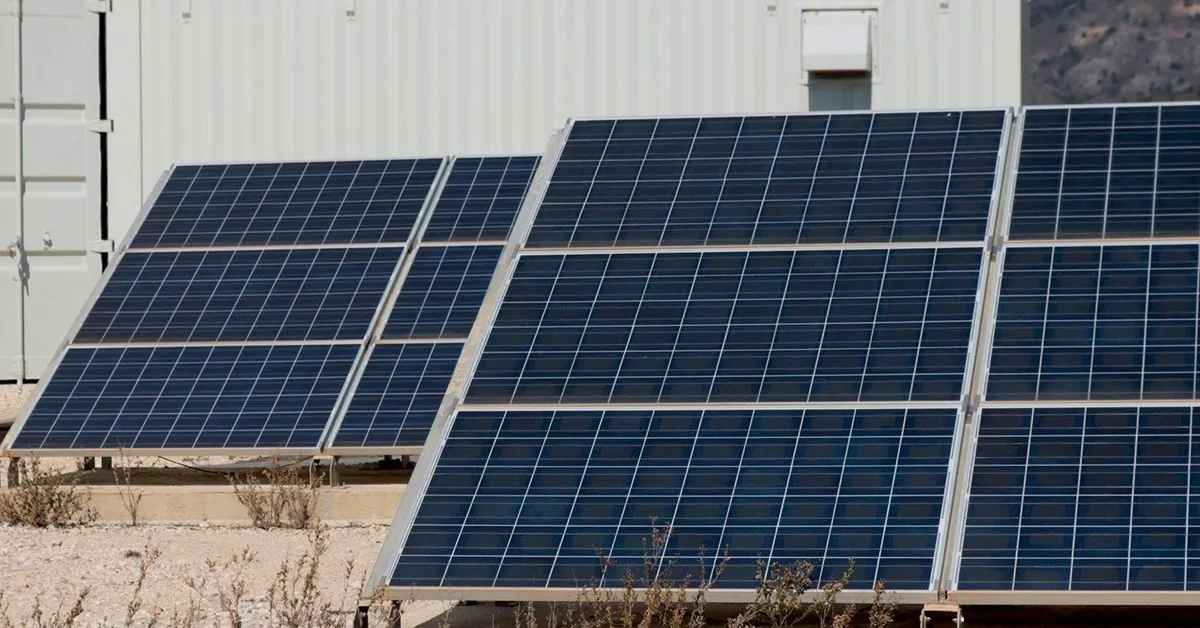Bitcoin mining is providing an unexpected solution to the duck curve – a challenge specific to the renewable energy landscape. This curve reflects the conflict between peak demand periods and peak renewable energy production times, a discrepancy that grows as we increasingly embrace renewable energy sources, complicating grid management. Bitcoin mining revenue promotes profitable renewable infrastructure, aiding project financing and scaling the energy grid for a sustainable future. As Adolfo Contreras, Senior Business Development Advisor at Blockstream, puts it, Bitcoin is a useful tool, especially considering the current economic and geopolitical climate.
Bitcoin miners, with their flexible operations, are uniquely well-equipped to navigate these energy supply fluctuations. By strategically aligning their activities with periods of high renewable energy production and low demand, they can optimize their energy usage and potentially alleviate the pressure on the grid. This article will explore how Bitcoin miners are helping to manage the duck curve, and the strategies they are employing to balance demand and optimize energy consumption.
The electrification of supply is outpacing demand, with retail electricity demand not significantly growing due to economic stagnation and increased device efficiency. Additionally, electric vehicle adoption isn’t meeting expectations and EV charging habits, often at night, do not align with peak solar supply during daylight hours. This is where Bitcoin mining comes in, as it is an economically viable, electricity-intensive activity that is predictable, flexible, and doesn’t require extensive transportation.
Bitcoin miners can be located directly at or near the site of renewable energy installations, reducing the need for extensive energy transmission networks. They can also adjust their energy consumption based on the availability of renewable energy, consuming more when there is a surplus and less when there is a shortage. For instance, a Bitcoin mining operation in Texas, where wind power is abundant, can ramp up its energy consumption during the night when wind power generation is at its peak and the demand from other consumers is low. This helps to balance the energy supply and demand, preventing potential waste of the excess wind power.
In conclusion, Bitcoin mining is helping to manage the duck curve phenomenon by absorbing the excess energy during periods of high renewable generation and low demand. This helps to balance the energy market, stabilize electricity prices, and enhance the profitability of renewable energy installations.
